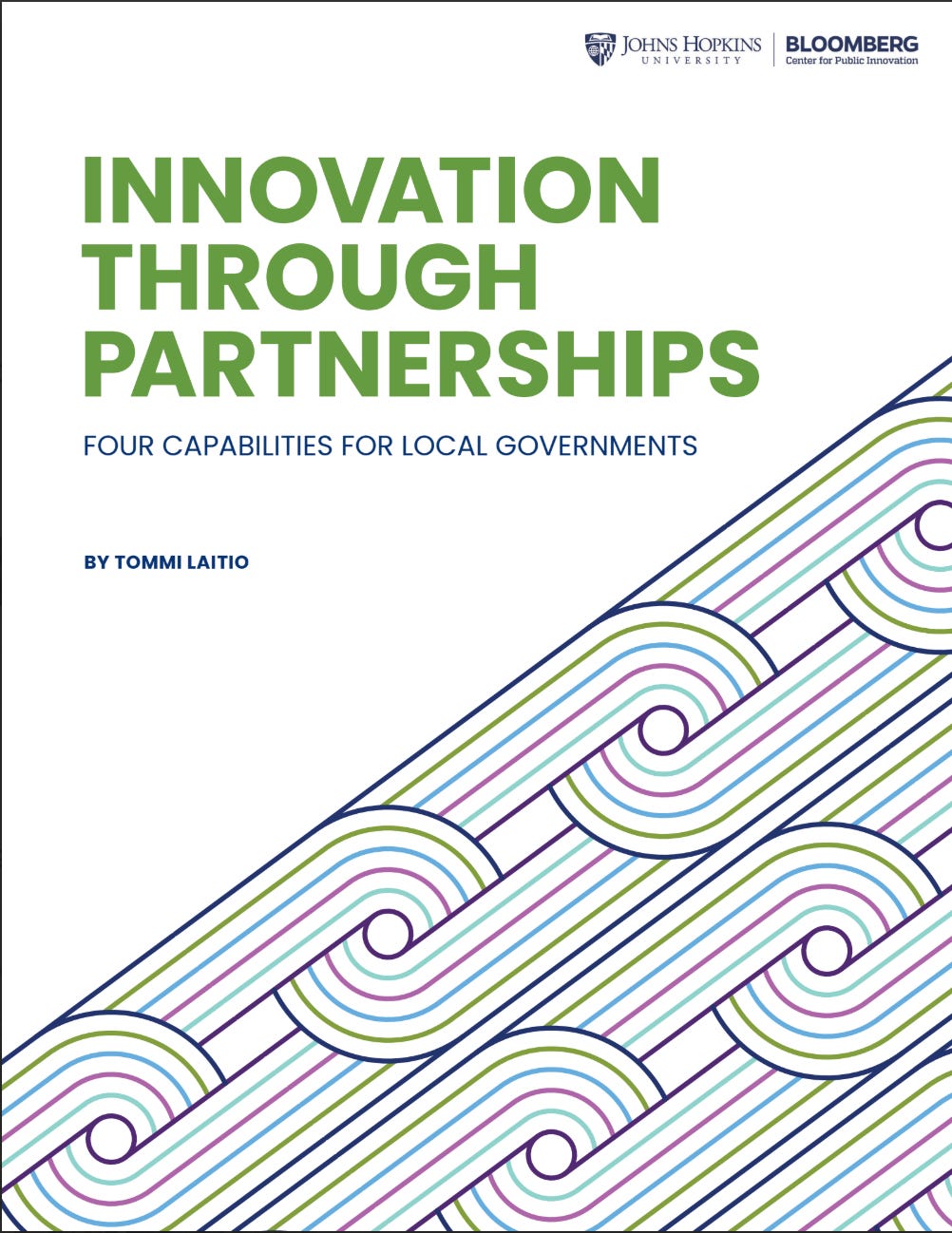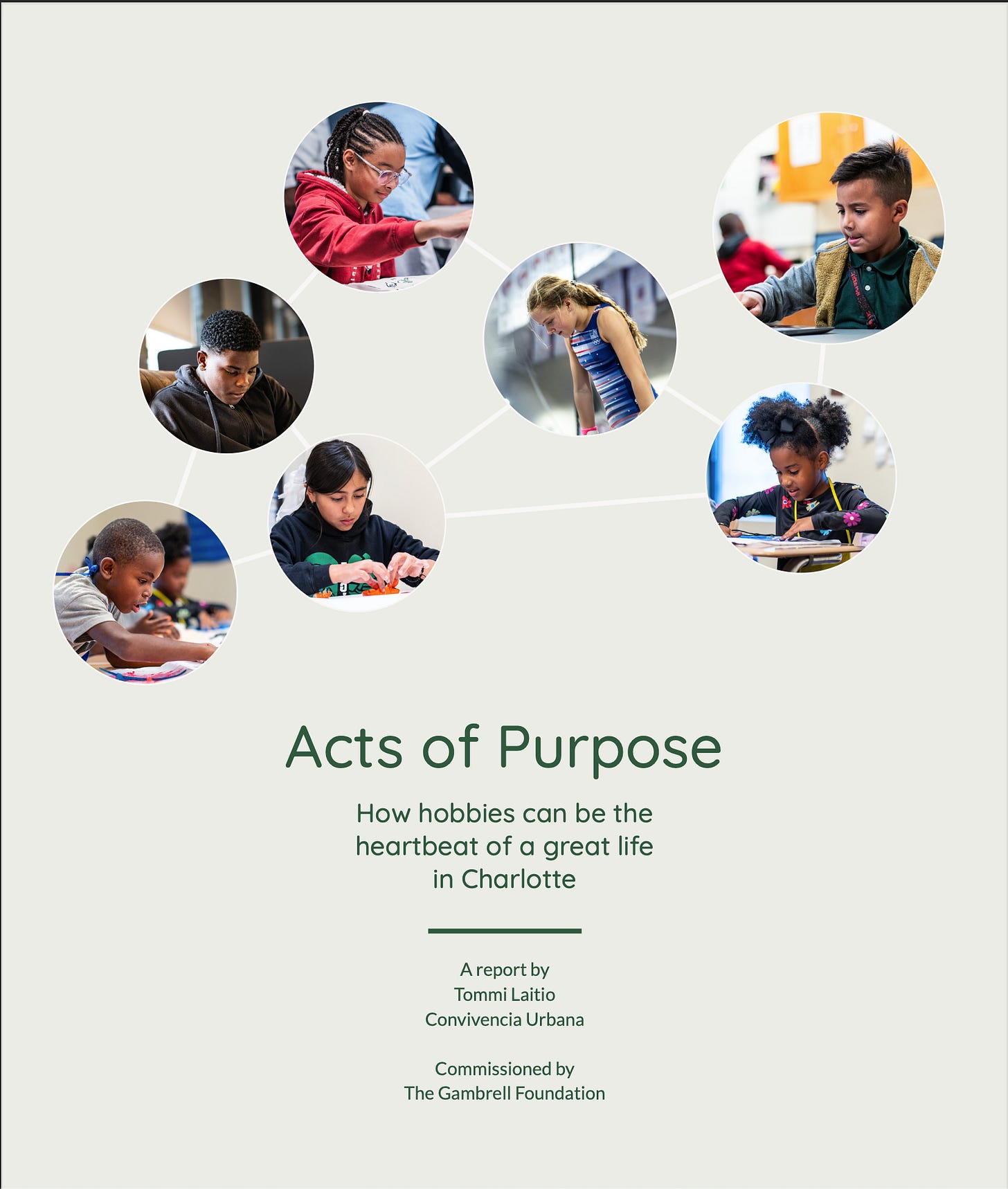Collaboration and Hobbies with a Side of Friction
Years of work resulted in two exciting reports published last week: on partnership skills for cities and on the power of hobbies. Also, two fantastic people have joined my team.
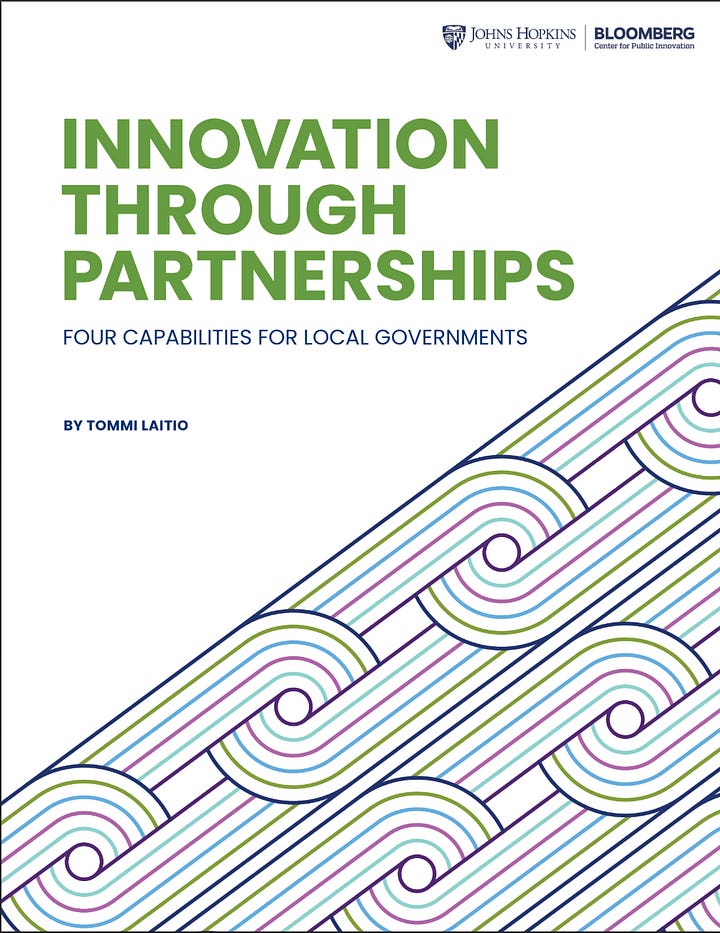
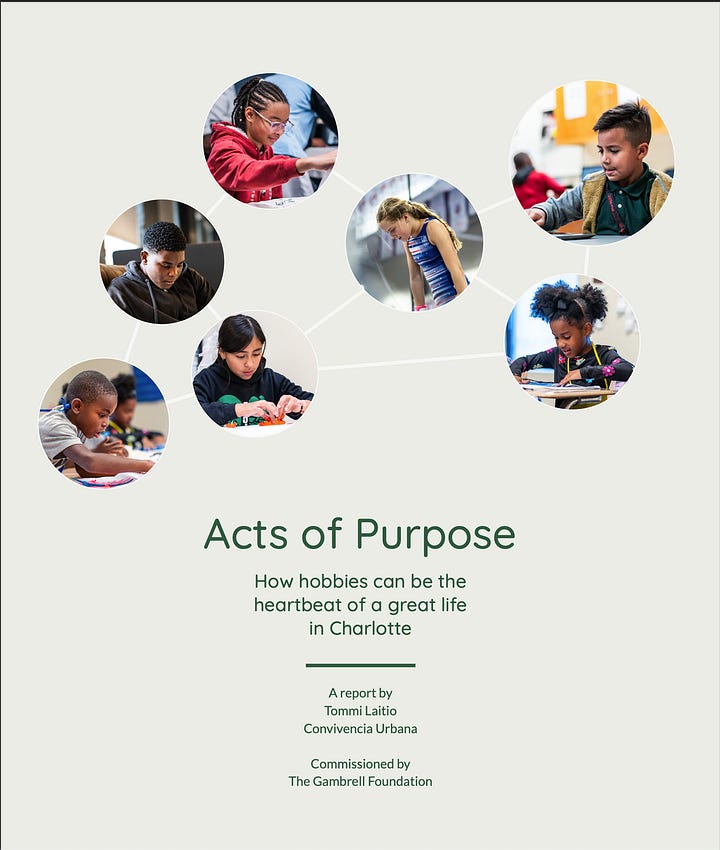
High quality research and policy design takes time—it's not for the faint of heart or the hurried. As someone coming from a service delivery role in government, it’s taken me some time to adapt.
Last week was a great week and a demonstration of the long game. After years of work, two foundational pieces of my research and consultancy work were published within two days from each other.
1. Partnership Capabilities
It was one of the great honors of my life to be an inaugural Bloomberg Public Innovation Fellow at the Bloomberg Center for Public Innovation at Johns Hopkins University 2022-24.
My two-year fellowship focused on the capabilities needed from local governments to build partnerships that lead to both legitimacy and innovation. The practices of city governments collaborating with stakeholders with varying agendas, powers and resources is what eventually brought me to the questions of friction and, yes, convivencia.
I looked at partnership capabilities through five case studies of public library and park projects in the United States, Netherlands, and Brazil. In the research brief published last week, I identify four key partnership capabilities for public organizations:
navigation
convening
experimentation
codification
In the research brief I explain the four capabilities and demonstrate them in practice in two public space projects in Amsterdam's Southeast borough. Amsterdam’s Garden of Brasa and OBA Next are examples of how embracing friction leads to innovative results.
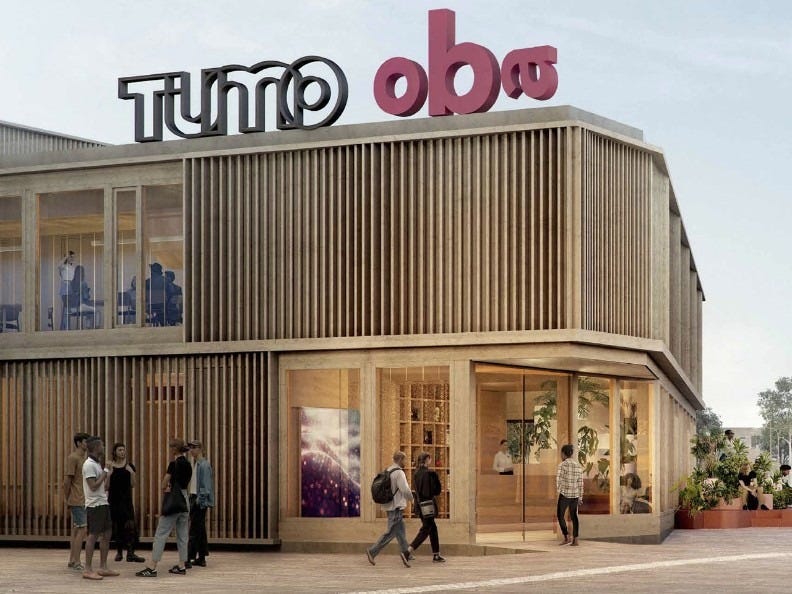
I will be writing more about the research in the coming months, including interviewing some of the people I did research with and publishing four case studies. But you can already download the report from the university’s website here. I am excited to discuss the work with people in the field.
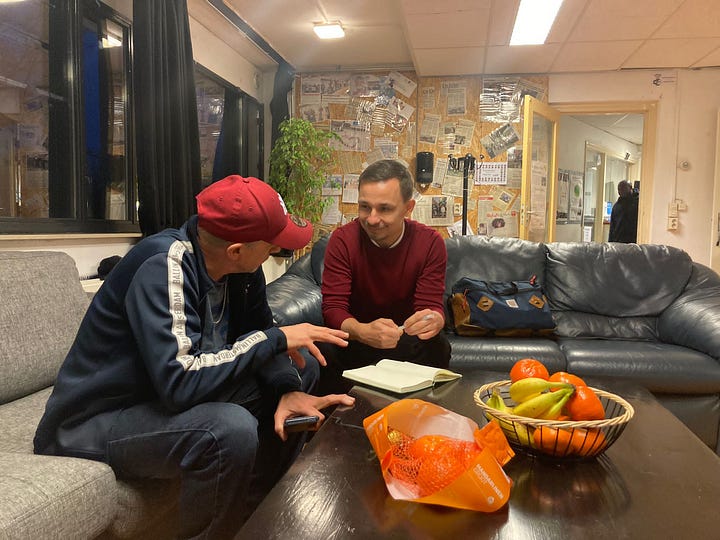
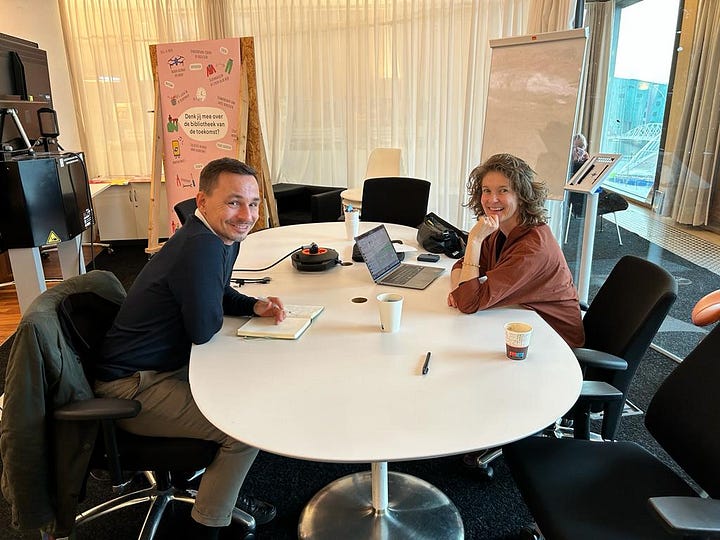
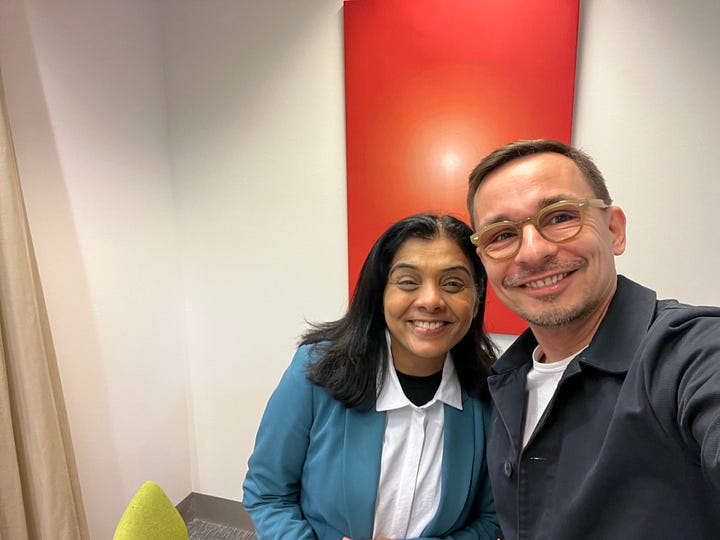

While the paper has my name on the cover, I could not have done this work alone. There are a lot of people to thank but especially Francisca Rojas, Leigh Graham, Sebastián Cortesi, Qiqin Sun, Amanda Daflos and Nancy Padden played an instrumental role getting here. (It is worth noting the content is solely the responsibility of the author and does not necessarily represent the official views of the Bloomberg Center for Public Innovation at Johns Hopkins University or its funders.)
2. Power of Hobbies
The second publication, commissioned by the Gambrell Foundation in Charlotte, North Carolina, builds on my experience as Helsinki’s first Executive Director of Culture and Leisure, overseeing the city’s goal that every child has a hobby.

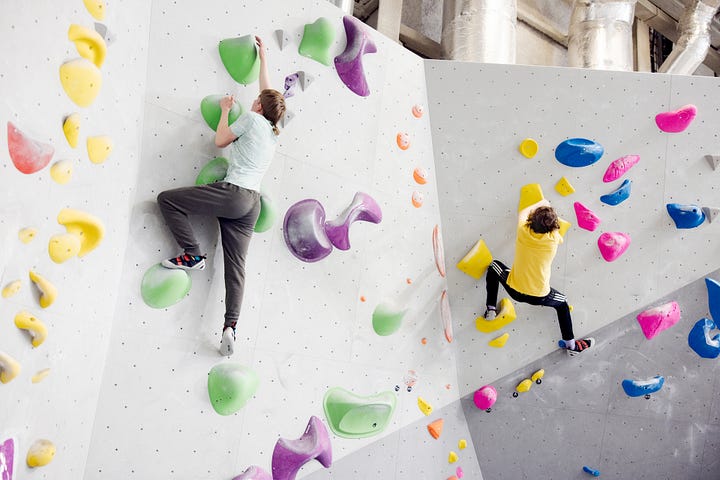
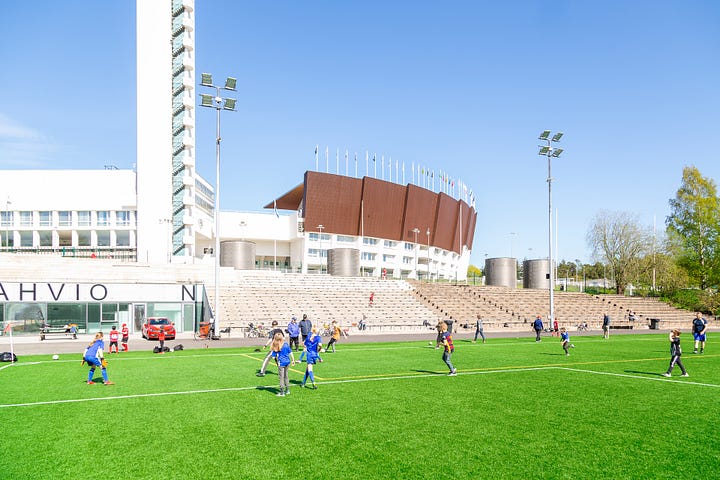

I know – personally and professionally – how hobbies make a person. Based on dozens of interviews in Helsinki and in Charlotte supported with desk research , I write in the report published last week:
”Hobbies are particularly important for children. They help young people build and hold onto an identity, develop and sustain supportive relationships, and bring more trusted adults in their lives.”
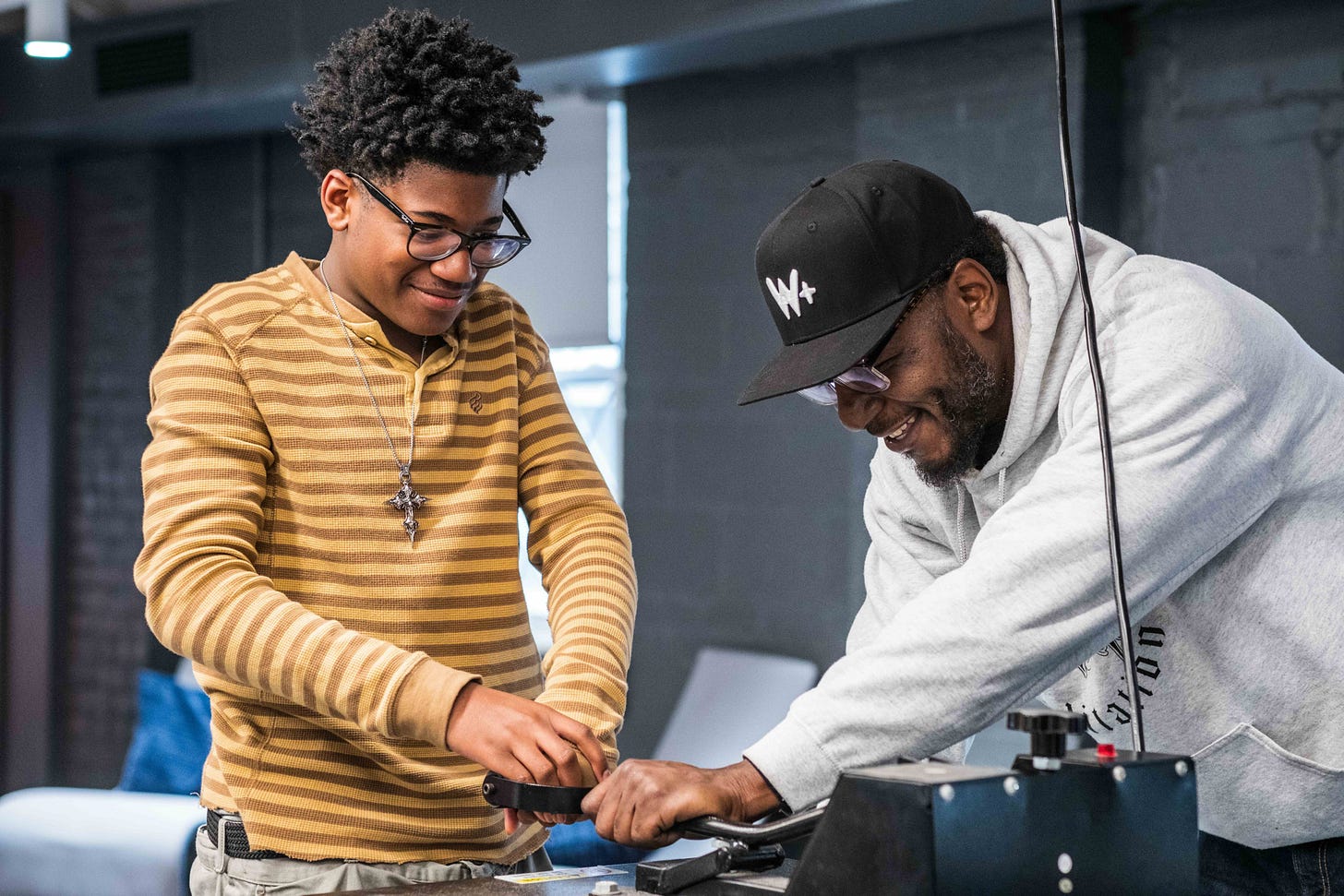
Hobbies are a cost-effective, concrete, bipartisan and impactful way of improving children's and families' lives. Regardless of your economic situation, every family wants their kids to have purpose. Regardless of your politics, you want your kids to experience joy and achievement. The report outlines seven recommendations to make hobbies a fundamental piece of living a great life in Charlotte.
I am over the moon by the first responses in Charlotte. We have already started working with partners in Charlotte to turn these ideas into action. Charlotte is an exceptional city in its ability and willingness to pool resources.
You can read more about my take on hobbies and download the report here.
While my name is on the cover, I could not have done this work alone. There are so many people to thank but especially The Gambrell Foundation team, Emmanuella Assem, Sophia Gerz-Escandón, Oona Frilander, Jeremiah Tesolin, Terence Kennedy and Christopher Swope.
3. New Team Members
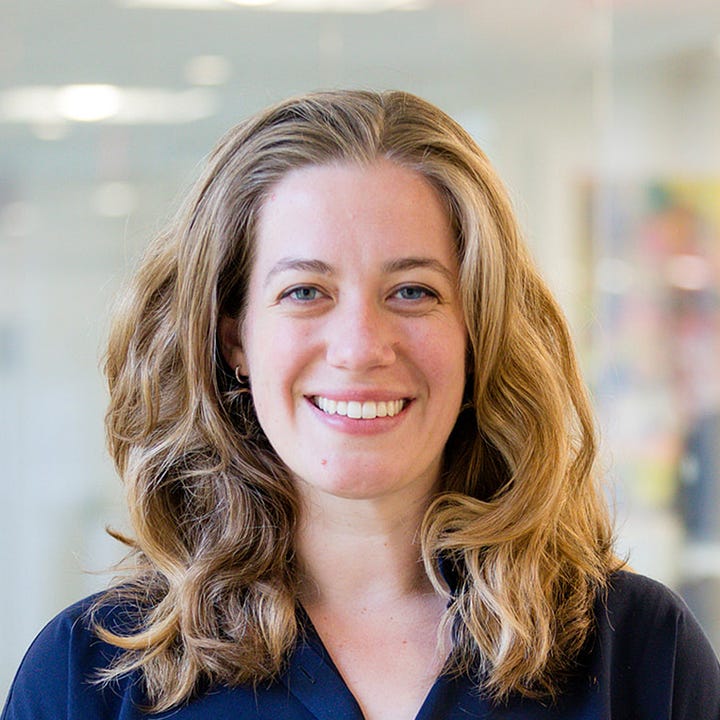
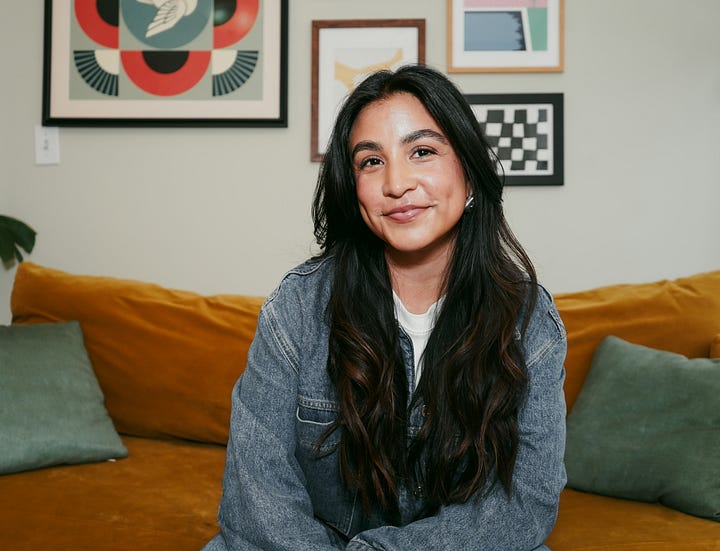
Earlier this year, I sensed that I need smart and kind people to work with me to make this work successful. I followed the advice of my fellow Finn and Angeleno Risto Kuulasmaa and made a LinkedIn post detailing the need for part-time support and the provided compensation.
I got amazing applications, all from people I did not know. I asked, and paid, five of the applicants to do an assignment for me to see how they would process information and understand my work. I asked the applicants to create one slide based on a public space project and to provide a one-page summary of an academic article, linking both to my article on convivencia.
I was thrilled that Ashli Molina and Shannon Slade were willing to join my team as freelance associates.
Shannon is based in Charleston, South Carolina, and has a decade of experience across government, urban policy, research, and architecture. She holds a Master’s in Design Studies from Harvard University, and an interest in more responsive urban spaces and services underlies their work.
Ashli is based in Boston, Massachusetts, and has 8 years of experience across government, transportation, research, and urban policy. She serves on the boards of two transportation-focused non-profits, StreetsblogMASS and Livable Streets Alliance. At the core of it all, Ashli cares most about helping make our cities livable and equitable.
We met in person for the first time the other week in Washington, DC and built a plan for 2025. Just based on our collaboration in the last couple of weeks, I know that they complement my skills and elevate this work to a new level.
Also, doing work on coexistence is more fun when you do it with people.



